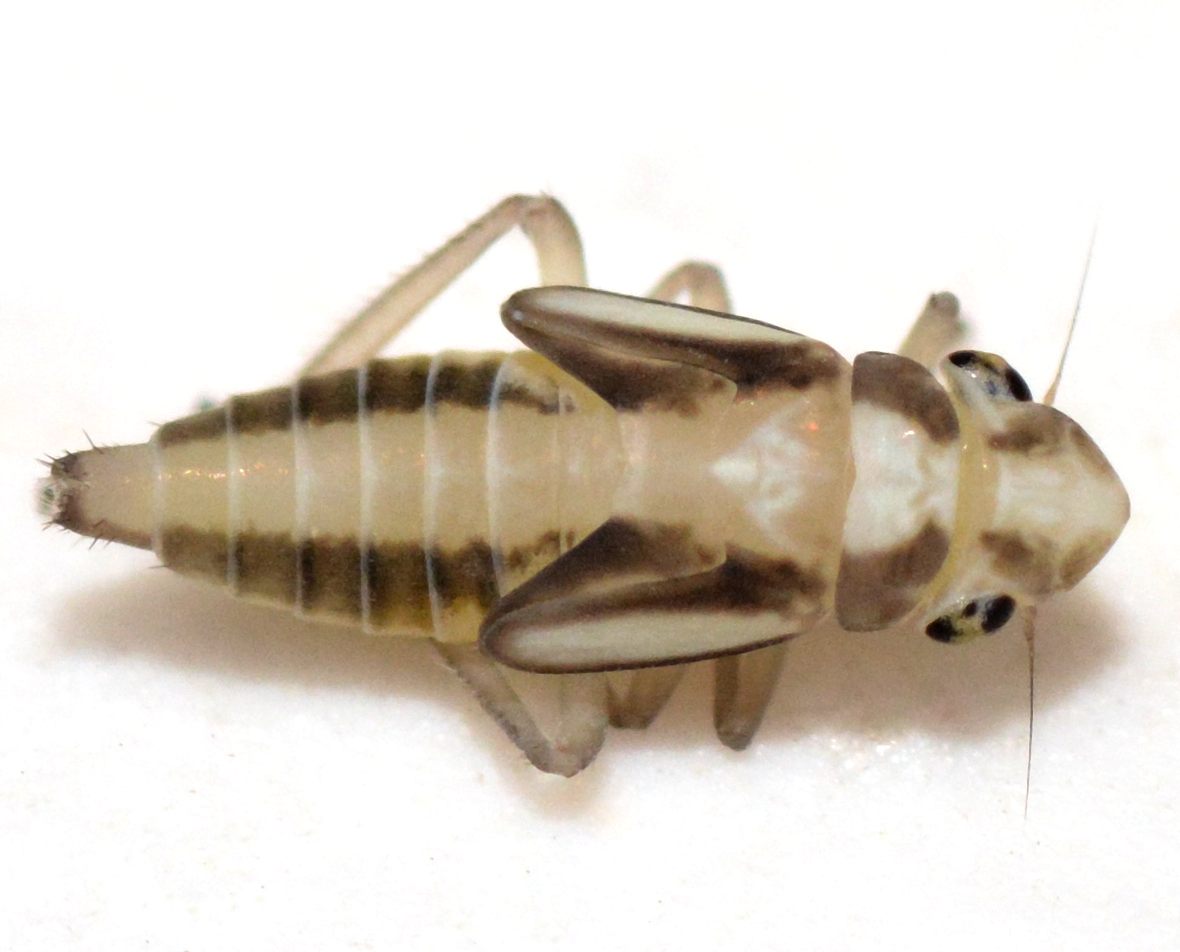| description |
A pinkish-brown species, distinctive in coloration among hoppers in the region; however, there can be slight variation in coloration and some individuals can range in color from yellowish to grayish-green. There is an "M" or omega-shaped dark brown to black mark on the top of the head, between the eyes, that is distinctive for this species; there is also a small dark spot at the apex of the head (which G. hieroglyphica lacks). Some individuals though can have head markings that are not very bold. This vertex of this species is slightly narrower and more pointed than in G. hieroglyphica. The wings tends to be concolorous with the rest of the body; sometimes some cells are darker than the venation. The female pregenital sternite has a truncated, convex triangular projection and is more than twice as long as the preceding sternite; it extends outwards. Male subgenital plates are long and triangular. Adults are 5.5-6.0 mm long. (DeLong 1960)
Nymphs are mostly pale in coloration with dark-brown to blackish bands running the entire length of the side of the body; the eyes are also mostly black with some white speckling.
For more images of this species, see BG. |
| comments |
G. gothica and G. hieroglyphica are somewhat of a taxonomic mess and can be quite confusing: while many experts treat these two species as belonging in Graphocephala, some place them in the genus Neokolla. Both species were initially described as Tettigonia gothica and T. hieroglyphica. When they were elevated to Neokolla, both were synonymized under Neokolla hieroglyphica (in particular, T. gothica was N. h. atra and T. hieroglyphica was N. h. hieroglyphica). Young (1977), who revised Cicadellini comprehensively, treated Neokolla as a junior synonym of Graphocephala, something that has been followed by other leafhopper workers. Neokolla was later resurrected in a paper based on an interpretation of Say’s original description of the type species of Neokolla (hieroglyphica Say) that was contrary to those of prior authors (plus, Say’s description could apply to either hieroglyphica or gothica, as evident by both being placed under the same species within Neokolla). Neokolla species in general are quite variable in coloration, with some of these colors getting named forms, which some have then elevated to species status. As a result of this taxonomic disagreement, Graphocephala gothica is what some are currently calling Neokolla hieroglyphica, and Graphocephala hieroglyphica appears to be what some are calling Neokolla uhleri (though uhleri, considered for some time as a variety of hieroglyphica, was depicted in older literature as having quite different head markings, see: AHoECAQQAQ#v=onepage&q=uhleri&f=false' target='_blank'>Ball 1901). To further add complication to this situation, gothica is also considered by some authorities to belong in Amphigonalia, also following Young. Recent DNA barcoding does seem to support that Amphigonalia be treated as a valid genus; therefore, gothica is being designated on this site as belonging to Amphigonalia rather than Graphocephala. As you can see this taxonomic reshuffling has resulted in quite a bit of confusion and complexity.
Old collection records from North Carolina are labeled G. hieroglyphica, but a couple from the same regions/locales where these were collected were initially labeled gothica before being switched to hieroglyphica. DeLong (1960) noted that all eastern specimens previously labeled hieroglyphica actually belong to gothica. It is possible that some specimens could have been misidentified/mislabeled and actually represent G. hieroglyphica (though unlikely), but for now all these collection records have been left on this page as representing gothica. |
Species Photo Gallery for Amphigonalia gothica No Common Name |
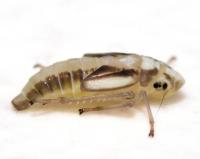 | Photo by: Kyle Kittelberger
Out Of State Co.
Comment: nymph | 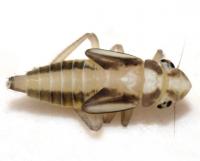 | Photo by: Kyle Kittelberger
Out Of State Co.
Comment: nymph |
 | Photo by: Kyle Kittelberger
Out Of State Co.
Comment: |  | Photo by: Kyle Kittelberger
Out Of State Co.
Comment: |
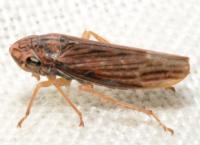 | Photo by: Kyle Kittelberger
Out Of State Co.
Comment: |  | Photo by: Ken Kneidel
Yancey Co.
Comment: |
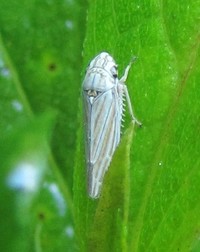 | Photo by: Ken Kneidel
Yancey Co.
Comment: |  | Photo by: Ken Kneidel
Yancey Co.
Comment: |
 | Photo by: Ken Kneidel
Yancey Co.
Comment: | 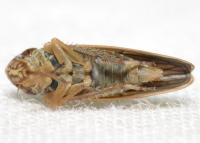 | Photo by: Kyle Kittelberger, Brian Bockhahn
Transylvania Co.
Comment: male; 5.6 mm |
 | Photo by: Kyle Kittelberger, Brian Bockhahn
Transylvania Co.
Comment: male; 5.6 mm | 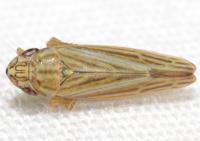 | Photo by: Kyle Kittelberger, Brian Bockhahn
Transylvania Co.
Comment: male; 5.6 mm |
 | Photo by: Ted Wilcox
Watauga Co.
Comment: unid_leafhopper | 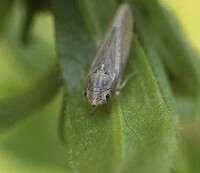 | Photo by: Ted Wilcox
Watauga Co.
Comment: unid_leafhopper |
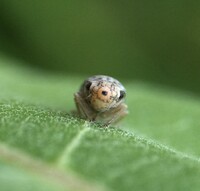 | Photo by: Ted Wilcox
Watauga Co.
Comment: unid_leafhopper | 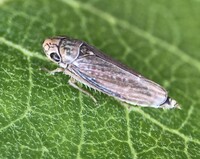 | Photo by: Ted Wilcox
Watauga Co.
Comment: unid_leafhopper |
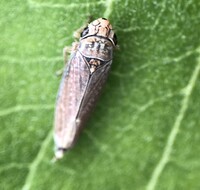 | Photo by: Ted Wilcox
Watauga Co.
Comment: unid_leafhopper |  | Photo by: Ted Wilcox
Watauga Co.
Comment: unid_leafhopper |
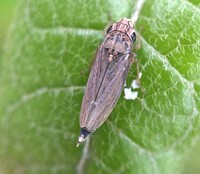 | Photo by: Ted Wilcox
Watauga Co.
Comment: unid_leafhopper | 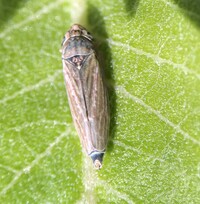 | Photo by: Ted Wilcox
Watauga Co.
Comment: unid_leafhopper |
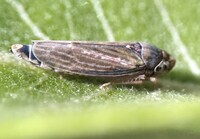 | Photo by: Ted Wilcox
Watauga Co.
Comment: unid_leafhopper | 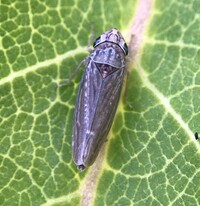 | Photo by: Ted Wilcox
Watauga Co.
Comment: unid_leafhopper |
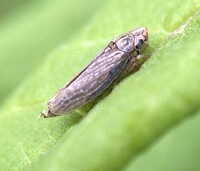 | Photo by: Ted Wilcox
Watauga Co.
Comment: unid_leafhopper | 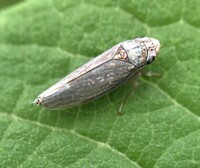 | Photo by: Ted Wilcox
Watauga Co.
Comment: unid_leafhopper |
 | Photo by: Ted Wilcox
Watauga Co.
Comment: unid_leafhopper | 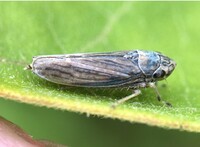 | Photo by: Ted Wilcox
Watauga Co.
Comment: unid_leafhopper |
 | Photo by: Ted Wilcox
Watauga Co.
Comment: unid_leafhopper | 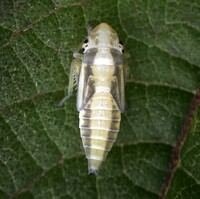 | Photo by: Ted Wilcox
Watauga Co.
Comment: unid_leafhopper |
 | Photo by: Ted Wilcox
Watauga Co.
Comment: unid_leafhopper | 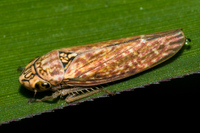 | Photo by: Scott Bolick
Rutherford Co.
Comment: |
 | Photo by: Scott Bolick
Rutherford Co.
Comment: | 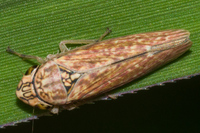 | Photo by: Scott Bolick
Rutherford Co.
Comment: |
|

 »
»

